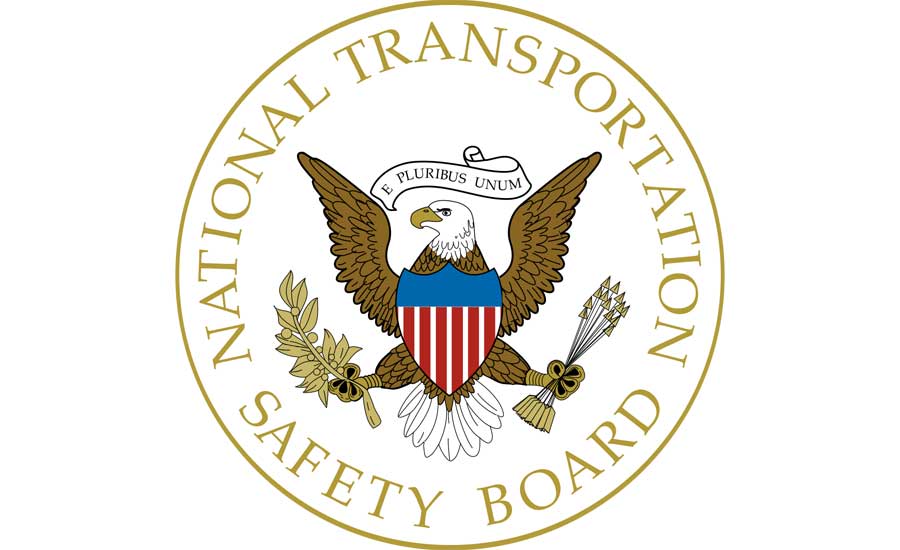The cause of a devastating 2017 collision near Concan, Texas between a pick-up truck and a bus came down to items found in the truck’s cab after the crash: marijuana cigarettes and prescription drugs.
The National Transportation Safety Board (NTSB) has determined that the March 29 accident was caused by the 20-year-old pickup truck driver’s failure to control his vehicle due to his use of marijuana in combination with his misuse of clonazepam, a sedative used to treat seizure and panic disorders.
The deadly crash occurred when the truck, which was traveling northbound on U.S. Highway 83, crossed the double, solid-yellow centerline, entered the southbound lane, and collided with a bus carrying 13 passengers. The truck driver was observed by witnesses driving erratically for more than 15 minutes prior to the collision. The bus driver and 12 of the 13 passengers were killed. The truck driver and one of the bus passengers suffered serious injuries.
The NTSB noted that the bus was not equipped with passenger lap/shoulder belts, which would have provided a greater level of protection and mitigated injuries for passengers seated in the rear of the bus.
Took 2x the prescribed dosage
The post-crash inspection of the pick-up truck’s cab revealed unsmoked and partially smoked marijuana cigarettes, drug paraphernalia, and prescription and over-the-counter medication. Among the drugs identified in the pick-up truck driver’s post-crash toxicology test were Delta-9-THC, a primary active chemical in marijuana, and The driver stated he took twice his prescribed dosage of clonazepam prior to the crash.
The NTSB report also noted that the prevalence of illicit, prescription and over-the-counter drug use among drivers is increasing. The agency determined national leadership is needed to help identify science-based countermeasures which can be implemented at the state and local levels to prevent future similar tragedies.
Drug-impaired driving on the rise
“The pick-up truck driver in this crash made terrible choices with tragic consequences,” said NTSB Chairman Robert L. Sumwalt. “But the rising tide of drug-impaired driving did not begin with this driver, and it will not end with him. Law enforcement needs additional tools and advanced training to detect impaired drivers before they crash, regardless of the impairing drug they’re using.”
The NTSB also determined the state of Texas needs increased safety-focused leadership, additional resources, and data-driven strategies to prevent future impaired driving crashes and fatalities. Additionally, to better understand the extent of the drug-impaired driving problem, the NTSB called on the National Highway Traffic Safety Administration to develop a common standard of drug toxicology testing.
NTSB recommendations
As a result of this investigation the NTSB issued three recommendations to the National Highway Traffic Safety Administration, including a recommendation to develop and disseminate best practices and model specifications for oral fluid drug screening devices that can be used by law enforcement during roadside stops.
The NTSB also recommended the Texas Department of Transportation promote the importance of attending drug-impaired driver enforcement training and increase training sessions to meet the demands of local and state law enforcement.
Recommendations were also issued to medium-size bus and seat manufacturers to install lap/shoulder belts as standard, rather than optional, equipment on buses.
The abstract for this report is available online at https://go.usa.gov/xPNvm.


